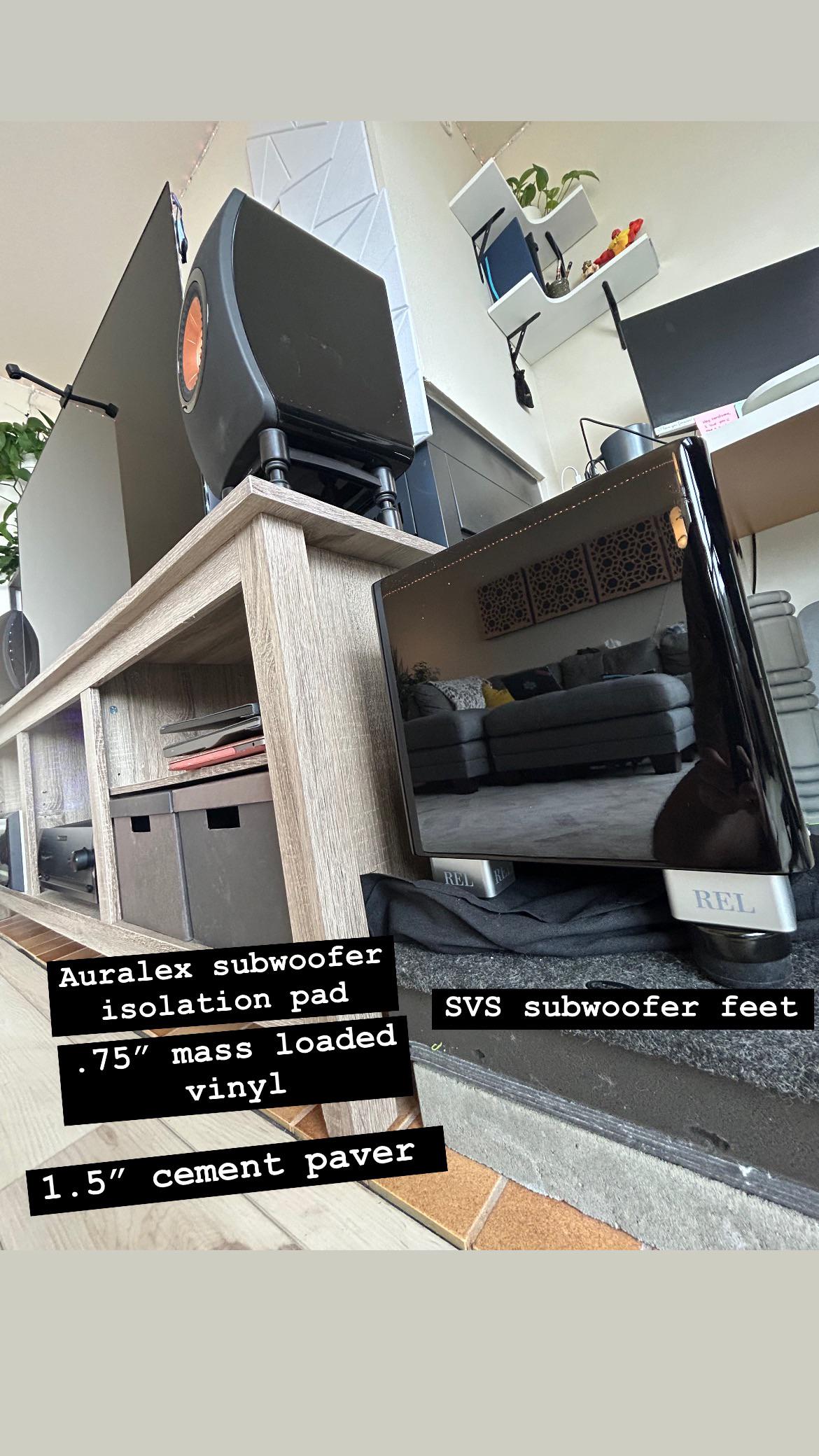Yes, downstairs neighbors are highly likely to hear subwoofers. Low-frequency sound waves (bass) produced by subwoofers readily transmit through building structures.
Why Subwoofers Are Heard Downstairs
The primary reason neighbors below hear subwoofers is due to structural transmission. Low-frequency sound energy easily converts into vibrations that travel through solid materials such as floors, joists, and walls. Unlike higher frequencies, bass is more difficult to contain.
- Vibrations: The subwoofer itself vibrates, and these vibrations are directly coupled to the floor, especially if the subwoofer is placed directly on it.
- Omnidirectional Sound: Bass frequencies tend to be omnidirectional, meaning they radiate sound in all directions, making them pervasive.
- Long Wavelengths: The long wavelengths of bass sound can penetrate common building materials more effectively than shorter, higher-frequency wavelengths.
Factors Influencing Audibility
Several factors determine how much bass a downstairs neighbor will perceive:

- Subwoofer Output and Volume: Higher power and louder volumes generate more acoustic energy and stronger vibrations.
- Subwoofer Placement: Placing a subwoofer directly on a hard floor, or in a corner, can amplify bass and its transmission.
- Flooring Material: Hard surfaces like hardwood or tile transmit vibrations more readily than carpeted floors, though even carpet may not fully prevent transmission.
- Building Construction: The type of construction (e.g., wood frame vs. concrete slab) and the degree of sound insulation between units significantly impact sound transfer. Older or less robustly built structures often have poorer sound isolation.
Strategies to Minimize Subwoofer Noise for Neighbors
While complete elimination is challenging, these measures can significantly reduce the impact:
- Decoupling the Subwoofer: This is the most effective method.
- Isolation Pads/Platforms: Place the subwoofer on a specialized isolation pad or platform. These are typically made from dense foam, Sorbothane, or other vibration-dampening materials. They create a buffer that absorbs vibrational energy before it can transfer to the floor structure.
- Elevating the Subwoofer: In some cases, raising the subwoofer slightly off the main floor structure onto a very stable, isolated platform can help.
- Strategic Placement:
- Avoid placing the subwoofer directly against walls or in corners, as this can amplify bass.
- Experiment with different locations in the room to find a spot that minimizes boominess and transmission.
- Use a Rug: A thick area rug, particularly with a dense underpad, placed under the subwoofer (even if it's on an isolation pad) can provide an additional layer of absorption and decoupling, especially on hard floors.
- Manage Volume Levels: Be mindful of the overall volume, especially during late hours or times when neighbors are likely to be home and seeking quiet.
- Room Acoustics (Secondary Effect): While acoustic treatments like bass traps or soundproof curtains primarily manage airborne sound within your room, improving your room's acoustics can sometimes lead to a more balanced sound at lower overall volumes, indirectly reducing the output needed from the subwoofer. However, they are less effective at stopping structure-borne bass.
Communication with your neighbors can also be beneficial. Understanding their sensitivity and potentially agreeing on acceptable times or volume levels can help maintain a good relationship.












